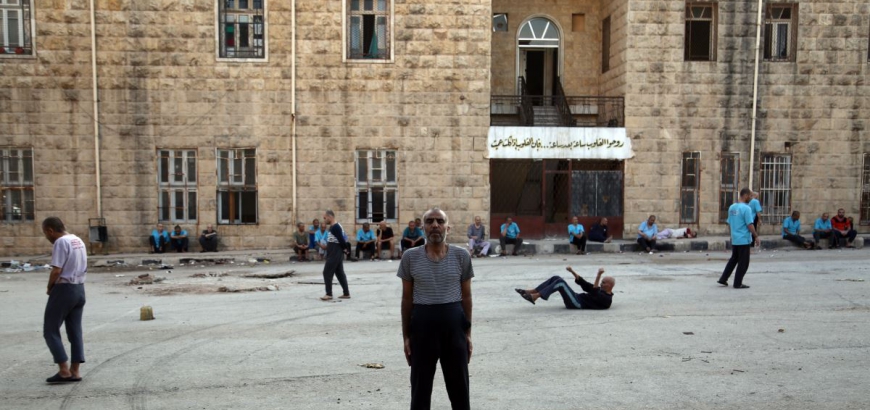Syrians are seeking to psychological treatment to deal with the effects left by the last seven years, with the number of those who have received psychological treatment reaching more than 148,000 over nine months.
The Director of Psychological Health at the Ministry of Health, Ramadan Mahfouri, told Al-Watan that the number of patients who had received psychiatry services up to the end of September had reached 148,170, and the number who had received psychological and social support services and psychological treatment up to the end of August was 640,289.
Mahfouri said that the Syrians who had received psychological support and treatment included those living in shelter centers in eastern Ghouta. He added that the psychological services provided included psychiatry, psychotherapy, psychosocial support, and primary psychology.
The Director of Psychological Health added that half of the psychological disorders begin before the age of 14, but that most cases were not discovered and therefore remain untreated. He said that, “Depression accounts for a third of the illnesses in terms of the burden on adolescents. Suicide is the second main reason for deaths among 15 to 29 year olds—and this is in addition to education problems, use of alcohol and drugs, unsafe sex, reckless driving and eating disorders.”
In February, Mahfouri said that the number of Syrians suffering from severe psychological disorders had reached about a million people. He said that mental illnesses were divided into three segments, “Severe psychological disorders, which range between one to two percent of the total population, and which can be said to have increased in Syria after seven years of war and to have reached five percent of the population; moderate disorders, which are usually between eight to ten percent, and at most reach 15 percent, and then light disorders which are between 20 to 25 percent according to international estimates.”
This article was translated and edited by The Syrian Observer. Responsibility for the information and views set out in this article lies entirely with the author.


